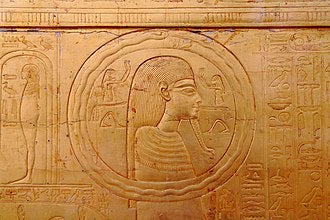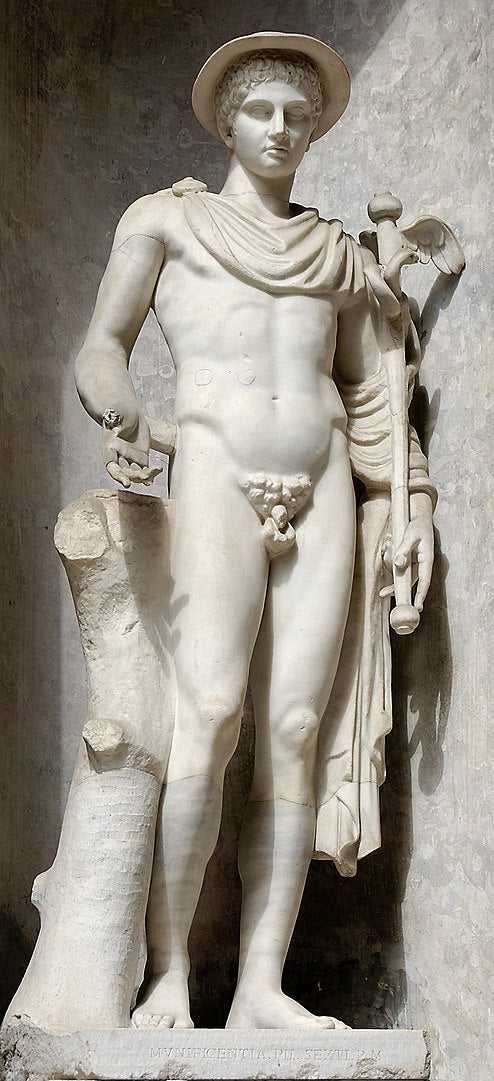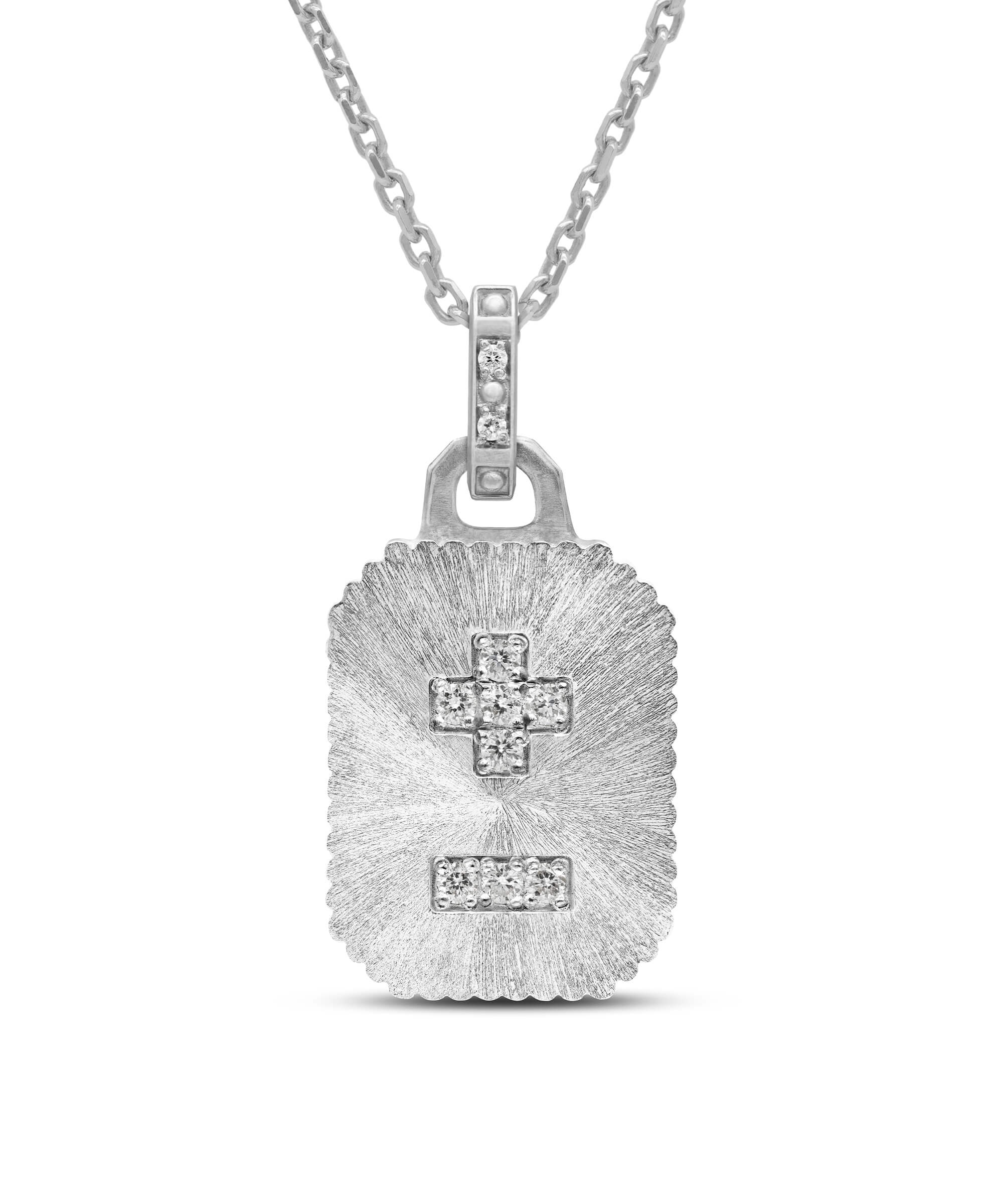The snake is one of humanity’s oldest and most enigmatic symbols, weaving through the histories of ancient civilizations with profound meaning. Revered for its ability to shed its skin and emerge anew, the snake embodies transformation, renewal, and the eternal cycle of life. Yet, it is equally a symbol of duality—both healer and tempter, creator and destroyer—appearing in myths, art, and literature as a creature of infinite complexity. From ancient Mesopotamian fertility rites to the enduring image of the serpent in modern jewelry, the snake’s symbolism continues to fascinate and inspire across cultures and centuries.
Amuletha™ Book of Symbols
Snake Symbol
*"The Snake Charmer" (1907) by Henri Rousseau
"The Snake Charmer" by Jean-Léon Gérôme is a striking 19th-century Orientalist painting that depicts a young boy, nude except for a sash, standing before a large, coiled snake. Behind him, an audience of men in traditional Middle Eastern attire watch intently. The detailed setting, with intricate tile work and rich textures, creates a scene that feels both exotic and theatrical. Gérôme’s attention to detail and his use of light and shadow lend the painting a highly realistic quality, while also reflecting the Western fascination with Eastern cultures during the period.

*"The Snake Charmer" (1907) by Henri Rousseau
"The Snake Charmer" by Jean-Léon Gérôme is a striking 19th-century Orientalist painting that depicts a young boy, nude except for a sash, standing before a large, coiled snake. Behind him, an audience of men in traditional Middle Eastern attire watch intently. The detailed setting, with intricate tile work and rich textures, creates a scene that feels both exotic and theatrical. Gérôme’s attention to detail and his use of light and shadow lend the painting a highly realistic quality, while also reflecting the Western fascination with Eastern cultures during the period.
SNAKE SYMBOL ORIGIN
The snake is one of the oldest and most complex symbols in human history, appearing across a wide variety of ancient cultures and belief systems. Its earliest associations date back to ancient Mesopotamia, where the snake was seen as a symbol of fertility, life, and rebirth, largely due to its ability to shed its skin. This transformative process led to the snake becoming a representation of renewal and immortality.
In Ancient Egypt, the snake was both revered and feared. The cobra, known as the uraeus, was a symbol of protection and sovereignty, often depicted on the crowns of pharaohs to guard against enemies. Simultaneously, the serpent god Apep represented chaos and destruction, illustrating the dual nature of the snake as both a creator and destroyer.
In Greek mythology, snakes played a central role as symbols of healing and medicine. Asclepius, the god of medicine, carried a staff with a snake coiled around it, a symbol that persists today as the modern medical emblem, the Rod of Asclepius. The snake also appears in the story of the Ouroboros, a serpent eating its own tail, representing the infinite cycle of life, death, and rebirth.
The snake’s symbolism took on different connotations in Judeo-Christian traditions, where it was associated with temptation and evil, most notably in the Garden of Eden. Here, the serpent tempts Eve, leading to the Fall of Man and forever linking the snake with sin and deceit. However, the snake’s dual nature—representing both life and death, healing and harm—continues to make it a powerful and multifaceted symbol across cultures.
What does SNAKE symbolize?
While the Snake symbol carries numerous nuanced meanings, these four are the most universally recognized and embraced:
Rebirth
The snake represents rebirth and renewal, shedding its skin as a symbol of transformation.
Healing
In Greek mythology, the snake symbolizes healing, as seen in the medical symbol, the Rod of Asclepius.
Duality
The snake embodies both life and death, creation and destruction, representing the balance of opposing forces.
Temptation
The snake symbolizes temptation and deceit, famously seen in the story of the Garden of Eden.
Cultural mention
Snake is a powerful and complex symbol that has appeared in numerous cultures throughout history. Often representing transformation, duality, and the cycle of life, it has been associated with both positive and negative meanings. From ancient myths of renewal and eternity, like the Ouroboros, to its role in biblical stories as a symbol of temptation and deceit, the snake holds a unique place in cultural symbolism. This section explores the many ways snakes have been understood across time, reflecting the profound and often contradictory forces of rebirth, duality, healing, and danger.
The Ouroboros
The Ouroboros, a snake consuming its own tail, is one of the oldest and most enduring symbols in human history. First appearing in ancient Egypt, it symbolized the cycle of life, death, and rebirth, as well as eternity and the unity of all things. The Ouroboros represents the constant cycle of creation and destruction, illustrating how endings are merely beginnings in disguise. In Egyptian iconography, it was often associated with the sun god, Ra, and his journey through the underworld during the night, only to be reborn with the sunrise. The symbol was later adopted by the ancient Greeks, where it took on additional philosophical meaning, symbolizing self-sufficiency, infinity, and the interconnectedness of the universe. For both cultures, the Ouroboros embodied the idea of eternal recurrence, where life continuously regenerates itself, much like the snake that sheds its skin. Today, the Ouroboros remains a powerful symbol in alchemy, spirituality, and modern philosophy, often representing personal transformation, renewal, and the cyclical nature of existence.
*First known representation of the ouroboros, on one of the shrines enclosing the sarcophagus of Tutankhamun

*First known representation of the ouroboros, on one of the shrines enclosing the sarcophagus of Tutankhamun
The Serpent in the Bible
In the Bible, the serpent plays a pivotal role in the story of Adam and Eve in the Garden of Eden, a foundational narrative in Judeo-Christian tradition. The serpent, often interpreted as a representation of Satan or evil, tempts Eve to eat the forbidden fruit from the Tree of Knowledge, leading to the fall of man. This act of temptation brought sin into the world, forever linking the serpent to deceit, rebellion, and moral corruption. The snake’s cunning nature and smooth speech made it an ideal symbol of temptation, manipulating Eve into disobeying God’s command. This biblical depiction has profoundly shaped the snake’s symbolic role in Western culture, where it is often viewed as a creature of danger, treachery, and seduction. Despite this negative association, the serpent in the Bible also serves as a reminder of humanity’s struggle with temptation and the consequences of yielding to desire, making it a deeply complex and significant symbol.
*“Adam and Eve” Lucas Cranach the Elder

*“Adam and Eve” Lucas Cranach the Elder
The Caduceus
The caduceus, often used as a symbol of medicine today, originally comes from Greek mythology as the staff of Hermes, the god of commerce and communication. Featuring two snakes entwined around a winged staff, the caduceus was not traditionally a symbol of healing but became associated with medicine due to confusion with the Rod of Asclepius, the true emblem of medicine, which has only one snake and no wings. Despite the mix-up, the snakes in the caduceus represent regeneration and renewal, drawing from the serpent’s ability to shed its skin. The dual serpents symbolize balance and harmony, concepts central to healthcare, where practitioners must navigate life and death, health and illness. Though historically linked to commerce, the caduceus has taken on new meaning as a modern medical symbol, representing healing, balance, and the pursuit of health.
*Hermes Ingenui carrying a winged caduceus upright in his left hand. A Roman copy after a Greek original of the 5th century BCE (Museo Pio-Clementino, Rome)

*Hermes Ingenui carrying a winged caduceus upright in his left hand. A Roman copy after a Greek original of the 5th century BCE (Museo Pio-Clementino, Rome)
Snake symbol in the world of jewelry
Snake-themed jewelry appeals to a wide variety of individuals, particularly those drawn to symbols of transformation, power, and mystery. The snake is often worn by people who embrace personal growth and change, using it as a symbol of rebirth and renewal. Its association with protection, healing, and wisdom also makes it popular among those who seek spiritual guidance or inner strength. In ancient cultures, such as in Egypt and Greece, snake jewelry was worn to invoke protection and divine connection, and that tradition carries on today in people who wear it for its protective and empowering qualities. The snake’s sleek, coiled form has also made it a popular choice in fashion, embodying elegance, strength, and a hint of danger, appealing to those who wish to express a bold, confident personality.Gifting someone snake-themed jewelry carries profound symbolism. It often represents transformation, healing, and personal evolution, making it an ideal gift for someone going through a life change or new chapter, such as a graduation, career transition, or personal milestone. Snake jewelry can also symbolize protection and strength, offering the recipient a sense of empowerment and resilience in the face of challenges. In relationships, snake jewelry might symbolize eternal love or an unbreakable bond, as the snake’s coiled shape represents infinity. Historically, in ancient cultures, snake jewelry was gifted to convey deep respect or as a token of protection, a meaning that remains relevant in modern times.
What does a snake symbolize in literature?
The snake has long been a potent symbol in literature, often representing themes of temptation, transformation, and knowledge. Its dual nature—being both a creature of the earth and a symbol of higher wisdom—has made it a versatile literary figure. Whether it appears as a symbol of deceit or as an emblem of rebirth and healing, the snake’s presence in literature often evokes powerful emotions and deep philosophical questions about the nature of life, change, and morality. Below are some famous works where the snake plays a central symbolic role.
Harry Potter by J.K. Rowling
In J.K. Rowling’s Harry Potter series, the snake is a powerful and recurring symbol. From the house of Slytherin, represented by a serpent, to the presence of Nagini, Voldemort’s snake companion, the snake embodies cunning, danger, and power. However, the symbolism goes beyond mere villainy. Harry’s ability to speak Parseltongue, the language of snakes, highlights his connection to Voldemort but also his unique abilities. Snakes in the series represent the complex interplay between good and evil, power and morality, and the thin line between heroism and darkness.
Basilisk illustration by Andrew Davidson

"The Snake" by Emily Dickinson
A narrow fellow in the grass
Occasionally rides;
You may have met him—did you not,
His notice sudden is.
In this poem, Dickinson uses the snake as a symbol of sudden danger and the hidden threats that lurk in life. The snake’s sudden appearance, quiet and unnoticed, reflects the unpredictable and sometimes unsettling aspects of nature.
"The Rime of the Ancient Mariner" by Samuel Taylor Coleridge
The selfsame moment I could pray;
And from my neck so free
The Albatross fell off, and sank
Like lead into the sea.
While the poem focuses on the albatross, snakes also appear as symbols of redemption and transformation. The mariner, after recognizing the beauty in sea snakes, feels a sense of spiritual renewal, which leads to the lifting of his curse. The snake here represents a turning point, from sin and suffering to spiritual awakening.
"Snake" by D.H. Lawrence
He sipped with his straight mouth,
Softly drank through his straight gums,
into his slack long body, Silently.
In this poem, the snake becomes a powerful symbol of nature’s grace and the internal conflict between societal conditioning and natural instincts. The speaker feels a reverence for the snake’s beauty but is conflicted by the urge to kill it, driven by societal notions of fear. Lawrence’s snake symbolizes life’s mystery and the complex emotions humans feel toward the natural world.
Thoughts
Thoughts placed alongside a symbol resonate with its meaning, serving as a guide to expand your understanding of the symbol's significance in relation to your personal experiences. AMULETHA™ also embraces this approach, invites a deeper contemplation of how symbolic meanings can reflect and enrich your life’s narrative, enhancing your appreciation of both the symbol and its broader implications.
Cycle of Renewal - The snake represents the cyclical nature of life, shedding its skin as a symbol of transformation and rebirth.
Restorative Power Symbol - In Greek mythology, the snake symbolizes the healing process, famously depicted in the medical symbol, the Rod of Asclepius.
Life-Death Balance - The snake embodies the duality of existence, representing both life and death, creation and destruction, symbolizing the balance of opposing forces.
Seductive Challenge Force - The snake represents temptation and deceit, most notably illustrated in the biblical story of the Garden of Eden, where it leads to human downfall.
FREQUENTLY ASKED QUESTIONS
What is the largest snake ever recorded?
The largest snake ever recorded is the Titanoboa, an extinct species that lived around 60 million years ago. This prehistoric snake is estimated to have reached lengths of up to 42 feet (12.8 meters) and weighed about 2,500 pounds (1,135 kg). Fossils of the Titanoboa were discovered in Colombia in 2009. Among living snakes, the green anaconda holds the title for the largest by weight, reaching up to 30 feet (9 meters) in length and weighing over 500 pounds (227 kg).
Can the snake be a symbol of femininity?
Yes, snakes are often associated with feminine energy, particularly in ancient and esoteric traditions. The serpent can symbolize fertility, transformation, and the cyclical nature of life, which are often connected to feminine attributes. In some cultures, goddesses are depicted with snakes, emphasizing their power over life, death, and rebirth.
Which species of snakes is the deadliest?
The Inland Taipan, also known as the "fierce snake," is considered the deadliest snake in the world due to its highly potent venom, which can kill up to 100 humans with a single bite. Despite its lethal venom, it is reclusive and rarely encounters humans, making actual bites extremely rare.
What are some practical and creative uses for shed snake skin?
Shed snake skin can be used in a variety of ways, both practically and creatively. In arts and crafts, it is often incorporated into jewelry, bookmarks, or decorative items due to its unique texture and patterns. Some people use it in spiritual or symbolic practices, where snake skin is believed to represent transformation or renewal. It can also be used in scientific studies for understanding snake health and biology, as well as in the production of educational materials. Additionally, snake skin has been utilized in fashion for accessories like belts or wallets, although this is more common with preserved skins rather than shedded ones.













